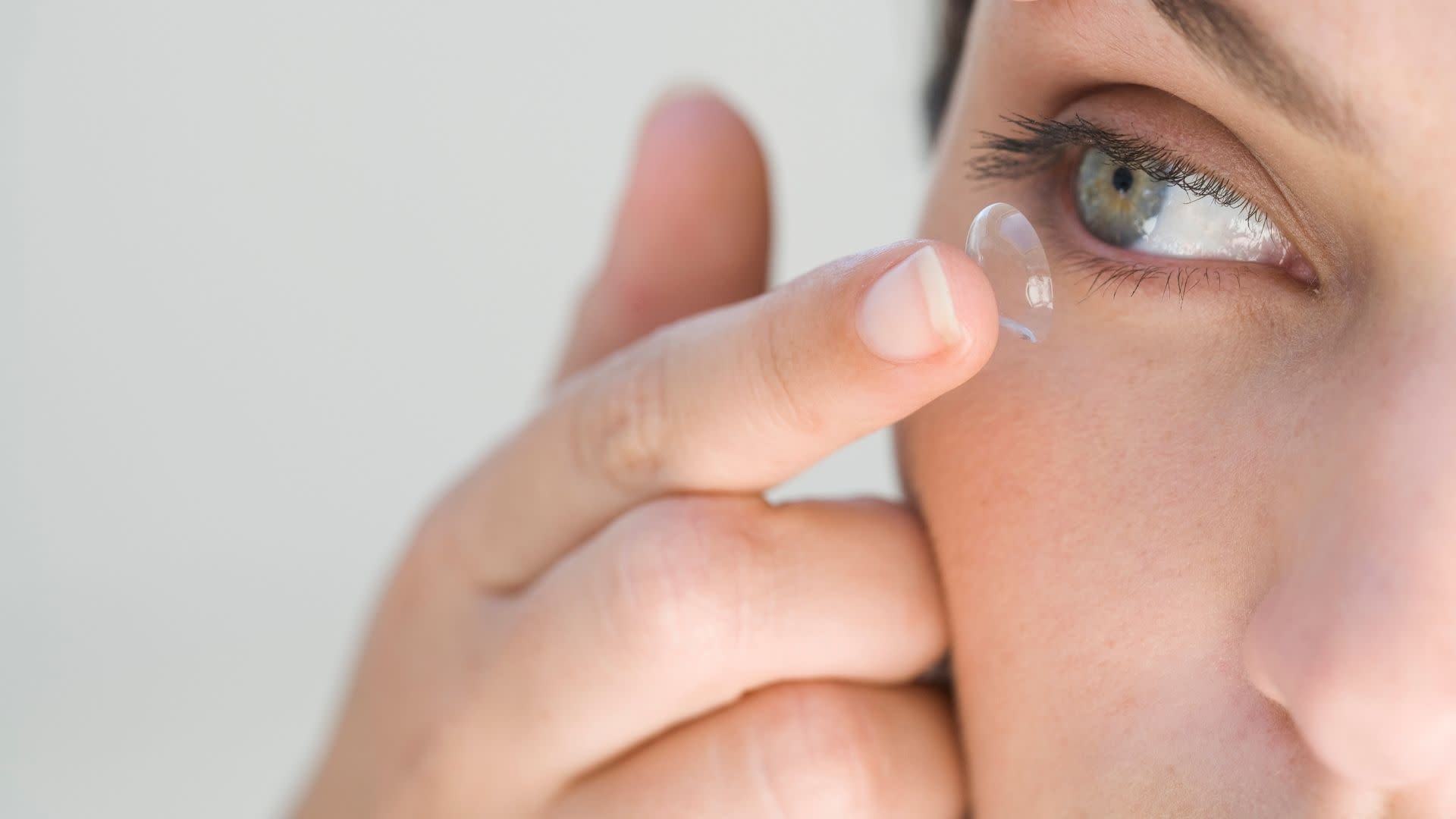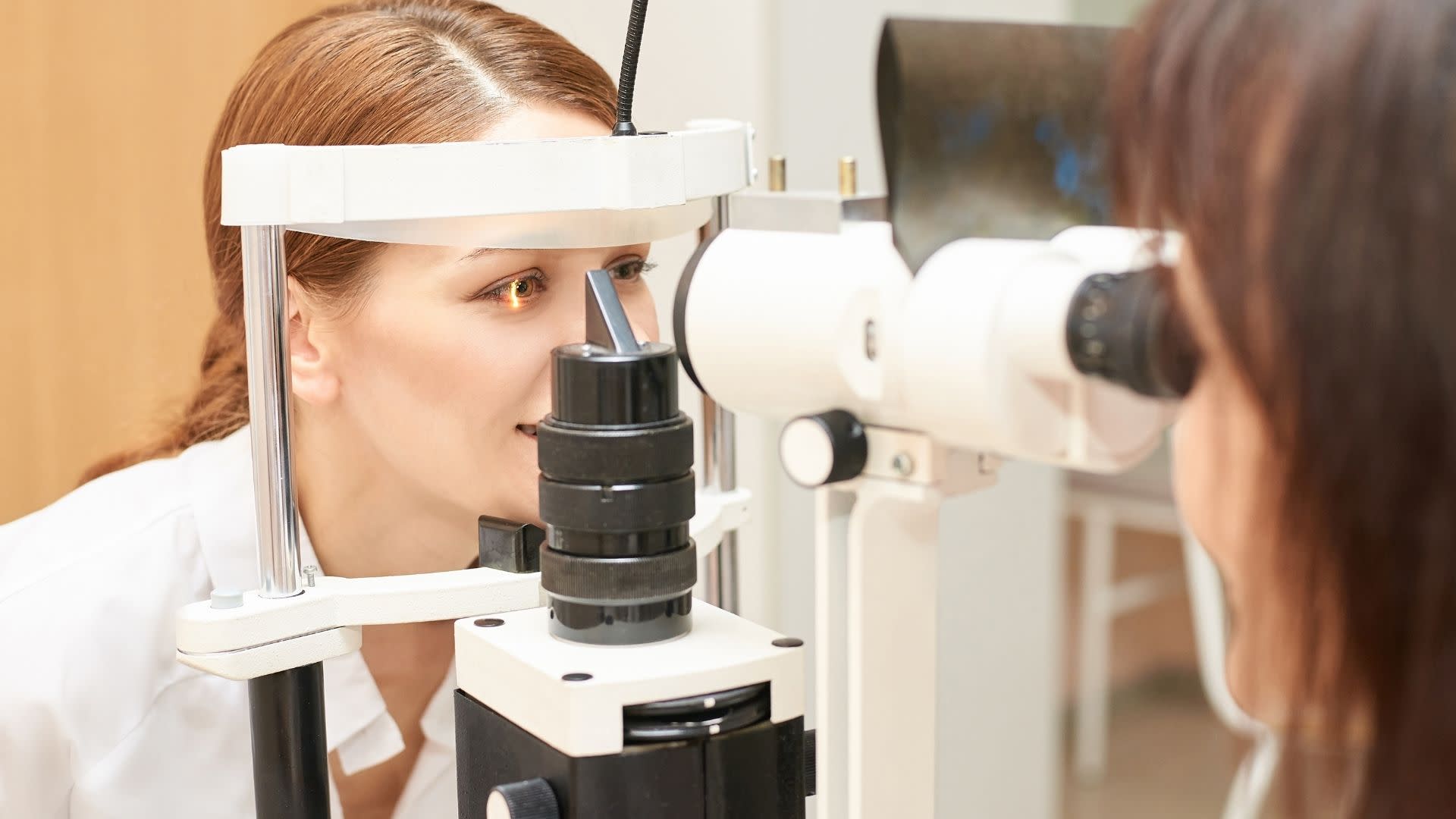
Thanks to advances in contact lens technology, more people than ever before can use contact lenses instead of glasses to correct their vision. This pool of potential contact lens users includes people who may have previously been told they couldn’t use contact lenses, such as those with astigmatism or who need multifocal lenses.
Unlike with glasses, being fitted for contact lenses requires two examinations rather than just one. In addition to a standard eye exam , contact lens wearers must also have a contact lens fitting.
What is a Contact Lens Fitting?
Ensuring that contact lenses fit correctly, have the right prescription and are the right size is instrumental to the efficacy of contact lenses. If contact lenses are sized wrongly or don’t fit right, they can have a detrimental effect on your vision as well as potentially compromise the comfort of your eyes. Improperly fitted contact lenses may cause corneal abrasions, lead to an infection, or simply be uncomfortable to the point they are unusable. Therefore the second exam - or contact lens fitting consultation - is so important.
After testing your vision to gauge the prescription, the optometrist fitting you for contact lenses will then take detailed measurements of the curvature of the front of your eye as well as look at your overall eye health.

Measuring the Cornea - Since contact lenses sit directly on the eye, having detailed measurements of the cornea is vital for the correct fitting. Measurements will first be taken with an instrument called a Keratometer (or Ophthalmometer). This instrument allows the optometrist to measure the curvature of the anterior (front) surface of the cornea. This measurement is both for accurate fitting and to assess the level and/or axis of astigmatism if any is present.
The optometrist may also use a photographic technique called Corneal Topographer to take a detailed three-dimensional image of the cornea. With corneal topography, an optometrist can see any irregularities or distortions in the cornea.
These images are not only useful for detecting astigmatism and other eye conditions that may change the topography of the cornea, such as keratoconus, pterygia or scarring, they can also help the optometrist pinpoint the correct type of contact lenses for you.
The optometrist may also measure your iris diameter (the pigmented part of your eye) and pupil diameter (the aperture at the centre of the iris that allows light to enter the eye).
The Fitting - If you have a standard prescription, your optometrist may move straight to helping to choose the right kind of lenses for you and then trial fitting them. The measurements they have taken to this point will allow the optometrist to identify the correct size and shape of contact lenses that will work with your eyes.
There are several different types of lenses that may be applicable to your prescription, such as daily disposable, monthly disposable, extended wear lenses, toric lenses, rigid gas permeable lenses and more. The type of lens your optometrist recommends will be determined by your prescription, curvature of the front of your eye, lifestyle and any factors that may influence your ability to insert, remove or take care of your lenses.
If your prescription is available immediately, the optometrist may give you a trial pair of contact lenses to try. The optometrist will teach you the correct method to safely insert and remove them and how to maintain them. Once inserted, the optometrist will use an imaging instrument called a Biomicroscope to take a close look at your corneas to see how well the lenses fit.
If your prescription is non-standard or you require special contact lenses, such as rigid gas permeable lenses for astigmatism, it’s likely that you may have to make another appointment for your fitting.
No matter if you get a pair of trial lenses during your first fitting appointment or not. It is recommended that you have to return at a later date in which the optometrist will inspect your eyes to see how they are reacting to the new lenses, assess fit and make any changes necessary. When both you and the optometrist are happy with how the contact lenses fit and function (this may take a few visits), your optometrist can order your contact lenses.
If you’ve been considering trying contact lenses and would like to speak to an optometrist, simply click on the link below.
The fastest and easiest way to search for and book healthcare appointments online is with MyHealh1st.